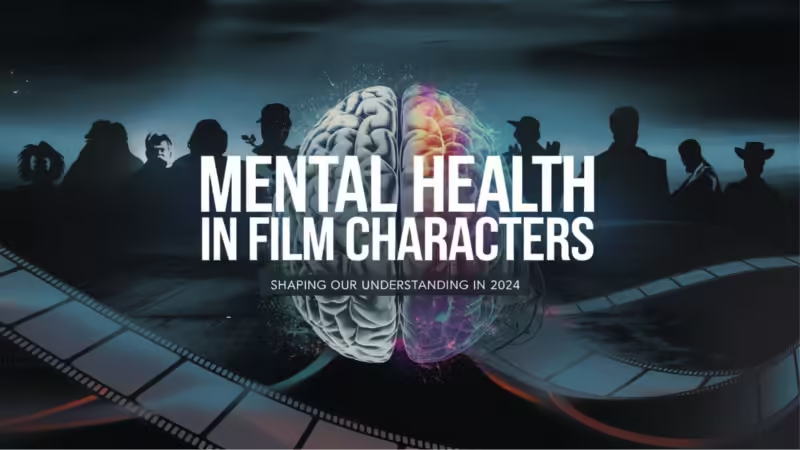Visual storytelling conveys a narrative through imagery. It lets the audience connect with the story without relying on dialogue. For filmmakers, mastering visual storytelling is crucial. This article breaks down key techniques to enhance your visual storytelling.
1. Use Strong Composition
Composition is the arrangement of elements within a frame. It greatly impacts how viewers perceive your story.
- Rule of Thirds: Divide the frame into nine sections. Position key elements along the lines or intersections. This guides viewers’ attention.
- Leading Lines: Use lines like roads or buildings to direct the audience’s eyes toward important subjects.
- Symmetry vs. Asymmetry: Symmetry creates harmony, while asymmetry creates tension. Choose depending on your scene’s emotion.
2. Leverage Color and Lighting
Color and lighting can evoke emotions and set the tone.
- Color Palettes: Colors have emotional effects. Red conveys danger, while blue brings calm. Plan your palette carefully.
- Color Symbolism: Assign deeper meanings to colors. For example, red in Schindler’s List highlights innocence in a tragic setting.
- Lighting: Low-key lighting adds mystery and tension. High-key lighting brings energy and optimism to scenes.
3. Play with Camera Angles
Camera angles change how we perceive characters and situations.
- Low Angles: Make a character appear powerful or intimidating. This works well for heroes or villains.
- High Angles: Create a sense of vulnerability or weakness by shooting from above.
- Close-Ups: Focus on facial expressions to emphasize emotions.
- Wide Shots: Show the environment and context, helping viewers understand the setting.
4. Use Props and Set Design for Symbolism
Props, costumes, and sets can carry symbolic meaning and enrich your story.
- Props: Use objects to represent deeper ideas. For instance, the spinning top in Inception symbolizes reality vs. dreams.
- Set Design: The environment can reflect a character’s mental state. In The Shining, the hotel mirrors the protagonist’s unraveling mind.
- Costume Design: Clothing can reveal character traits. In The Great Gatsby, Gatsby’s suits reflect his attempt to fit into high society.
5. Master Visual Metaphors
The rule “show, don’t tell” is essential. Visual metaphors communicate ideas without words.
- Examples: In American Beauty, the floating plastic bag symbolizes life’s beauty and fragility. Visual metaphors enhance depth.
- Motifs: Repeat certain visuals throughout the film. They reinforce themes. For example, in Blade Runner 2049, eyes symbolize identity.
6. Use Movement and Blocking
Movement and blocking can create energy and deepen storytelling.
- Camera Movement: Tracking shots make scenes more immersive. Handheld shots convey chaos or urgency.
- Blocking: How actors move or stand in a scene can create tension or emphasize relationships. Use it to show power dynamics.
7. Enhance with Sound and Silence
Sound is an unsung hero in visual storytelling. Silence can be just as powerful.
- Sound Design: Sound effects build tension or highlight specific moments. In A Quiet Place, silence is central to the story.
- Music: Scores guide the audience’s emotions. In Interstellar, the music conveys both wonder and emotional depth.
- Silence: Strategic silence heightens tension. In No Country for Old Men, silence draws focus on critical moments.
Conclusion
Visual storytelling is key to great filmmaking. Master composition, color, camera angles, symbolism, movement, and sound. These techniques will help you tell deeper, more compelling stories.
Further Reading and Resources:
Here are some useful external resources on Enhancing Visual Storytelling in Film:
- The Art of Visual Storytelling – A MasterClass article on visual storytelling fundamentals.
- Visual Storytelling Techniques for Filmmakers – No Film School covers practical visual storytelling techniques for filmmakers.
- The Power of Color in Film – A StudioBinder guide on how to use color to enhance storytelling in film.
- Understanding Film Lighting – Film School Rejects provides insights into different film lighting techniques.
- Exploring Camera Angles and Movement – PremiumBeat offers a detailed guide on essential camera movements and angles for storytelling.
These external links will add value by providing in-depth information from credible sources.
Visual storytelling in film Film storytelling techniques Cinematic storytelling tips Mastering visual storytelling Film composition techniques Using color in film Camera angles in filmmaking Enhancing film visuals Lighting in visual storytelling Symbolism in films










